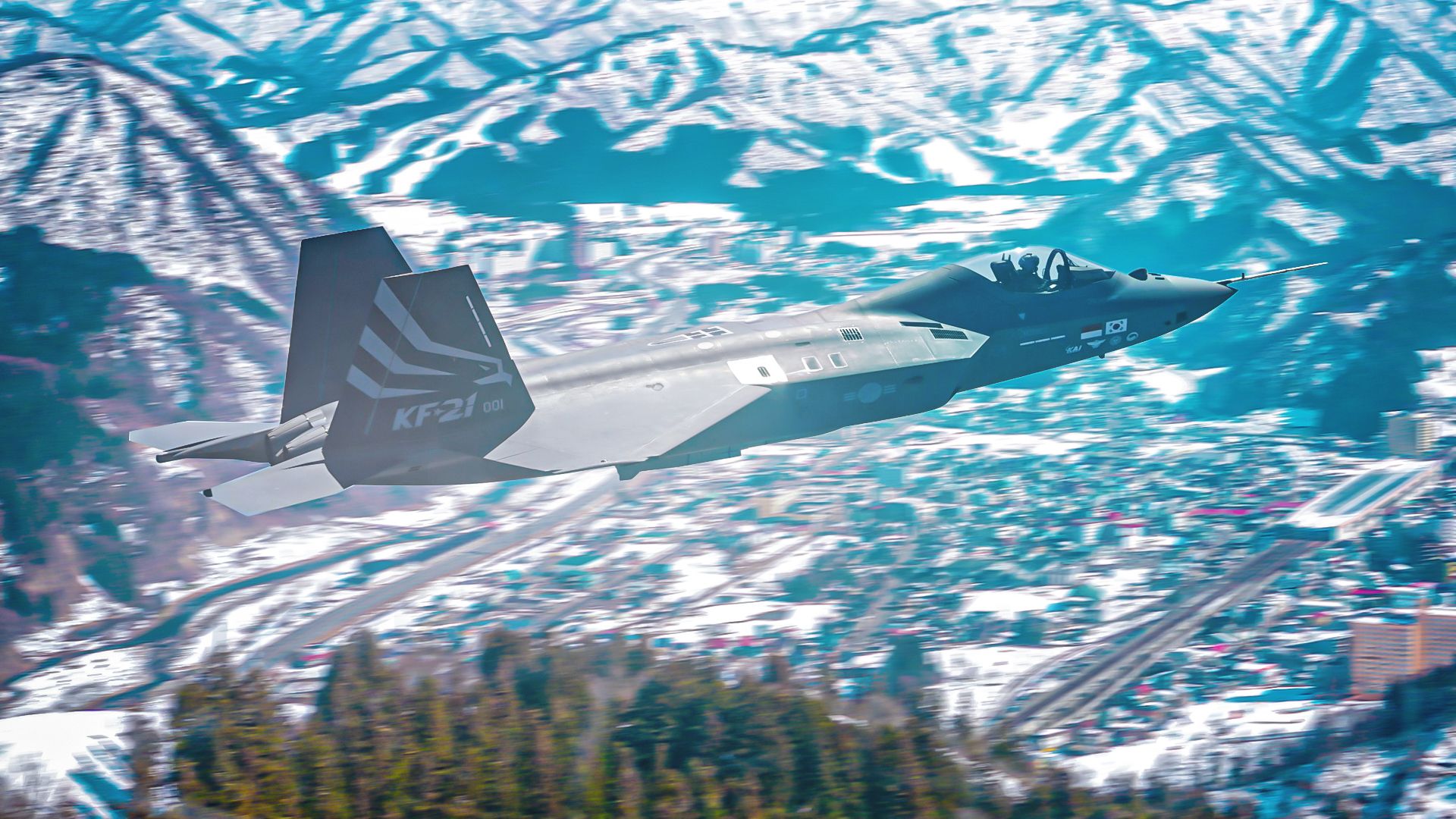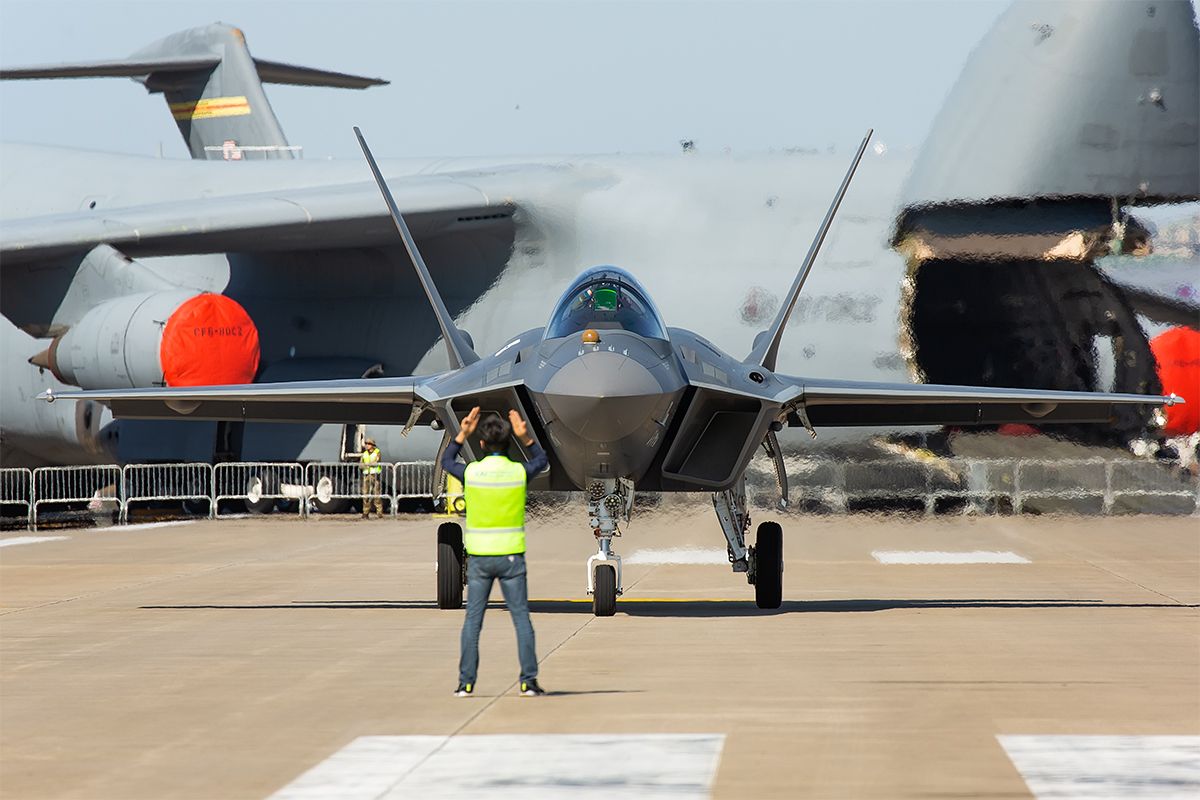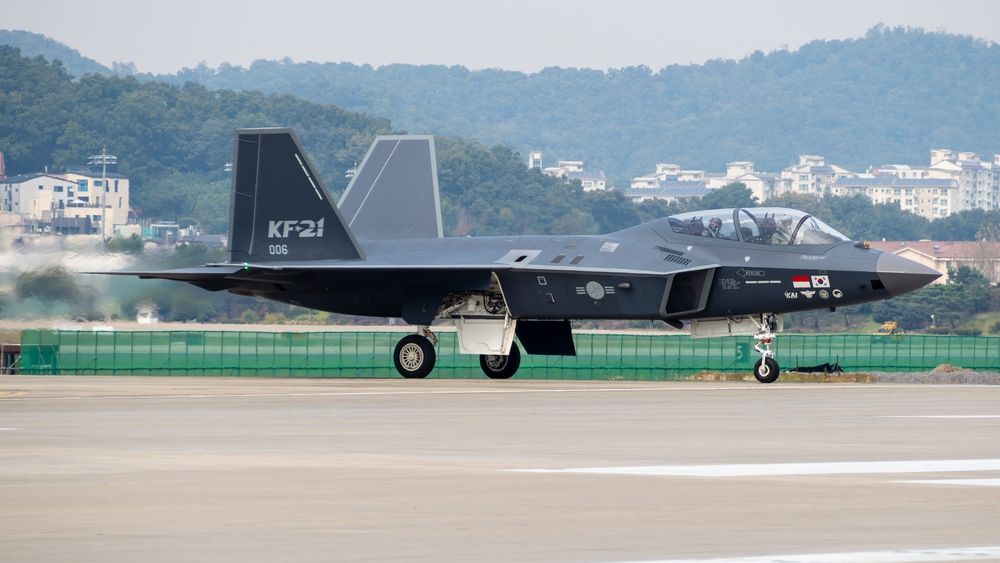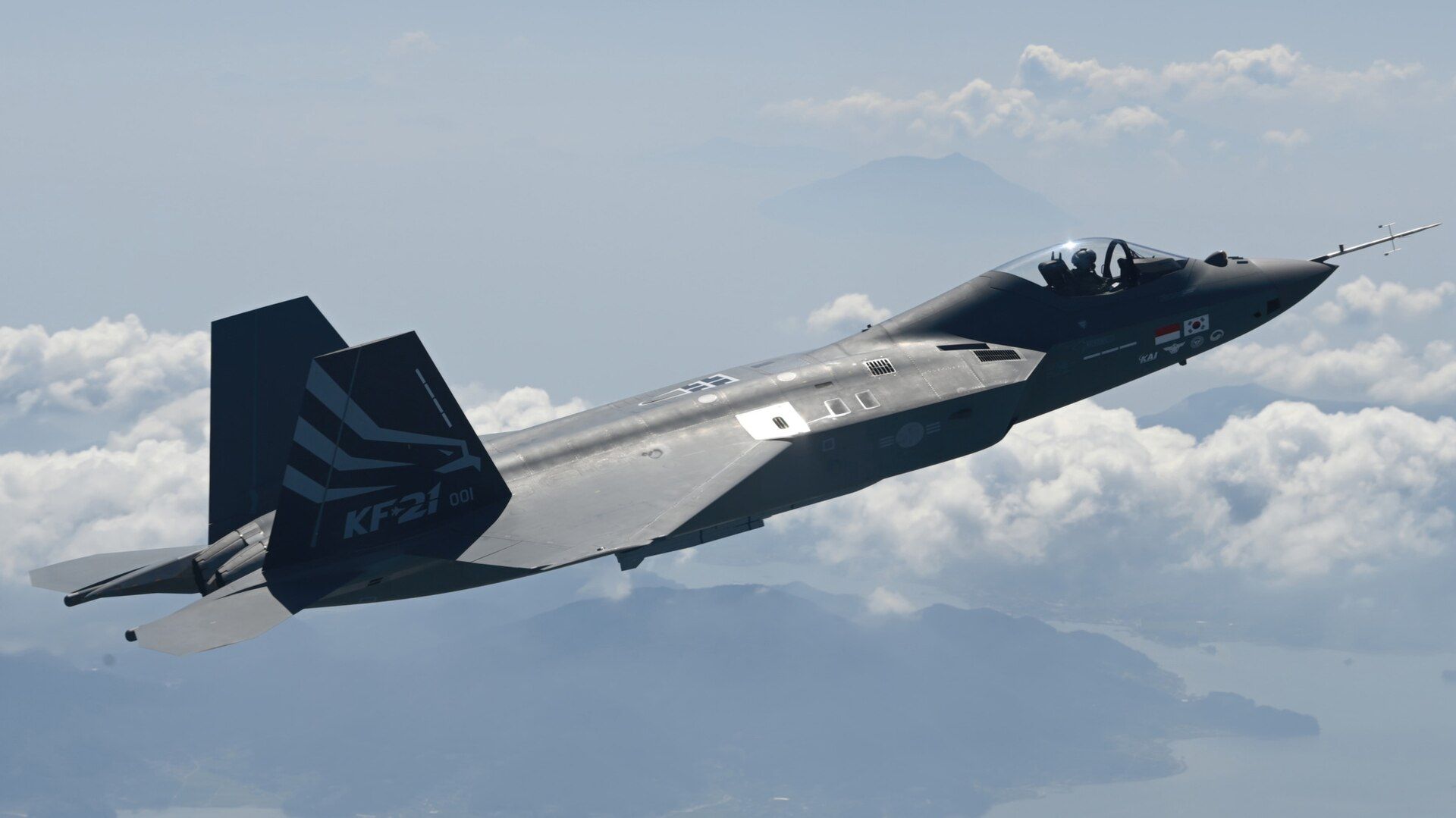Summary
- South Korea’s KF-21 is set to compete with 4.5th-gen fighters like Mirage and F-16.
- Development includes three variants for electronic warfare, 5th-gen upgrade, and export.
- The program, progressing rapidly, will see the KF-21 deployed by 2026 with plans for 120 Korean jets by 2032.
The South Koreans are developing their own 4.5th-generation fighter jet called the KAI KF-21 Boramae, which highlights the fact that there will be demand for 4.5th-generation fighter jets for years to come. Observers state that the KF-21 could enjoy considerable export potential in the coming years. While some countries like the United Kingdom are now focused on procuring 5th-generation fighters and developing 6th-generation fighters, others are only now upgrading to older F-16s (like Ukraine, Romania, Argentina, and possibly Brazil).
KAI KF-21 Boramae: South Korea’s indigenous fighter jet
The KF-21 is a joint South Korean and Indonesian project (although mostly Korean) built by the manufacturer Korea Aerospace Industries (KAI). Korea already has experience developing and building military aircraft (including the KT-1 basic trainer, T-50 Advanced jet Trainer, TA-50 Lead-in Fighter Trainer, and FA-50 Light Combat Aircraft).
It is intended to replace aging Korean fighter jets. KAI states, “The KF-21 is the project which aims to replace the aged fighter in operation, F-4 and F-5.” It is also believed it can compete with other 4.5th-generation fighters like the French Mirage, the Eurofighter Typhoon, the F-16 Block 70/72, and perhaps the Swedish Gripen on the export market.
Photo: Ju Jae-young | Shutterstock
As this is Korea’s first jet of this type, many of its components are imported. For example, it will be powered by a General Electric F414-GE-400K engine produced under license by Hanwha Aerospace turbofan. However, the Koreans will likely progressively indigenize the program over time.
|
KF-21 Boramae specifications: |
|
|---|---|
|
Max Thrust: |
44,000 lbs |
|
Ferry Range: |
1,550 nautical miles |
|
Max Speed: |
1,400 mph |
|
Max. Payload: |
17,000 lbs |
|
MTOW: |
56,400 lbs |
|
Generation: |
4.5th gen |
It is also reported that the Koreans are developing three variants of the KF-21. One is the KF-21 EA electronic fighter aircraft (akin to the US Navy’s Growler) used in electronic warfare and as a strike fighter to suppress or destroy enemy air defenses. Another is the KF-21 EX – an upgraded variant that aims to join the stealthy 5th-generation of fighter jets. The third variant is the KF-21 SA for export, which will be customized to suit the needs of potential customers.
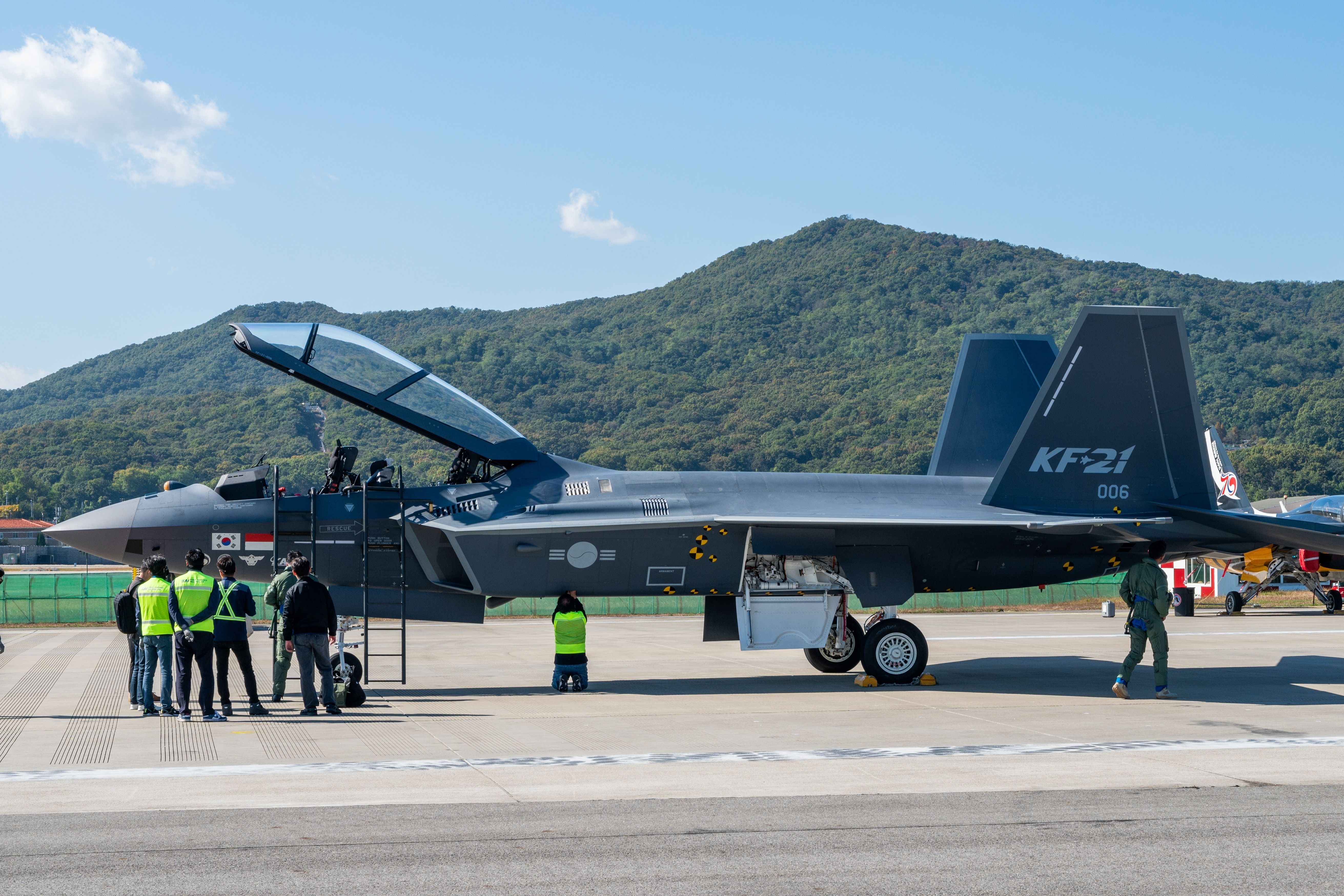
Related
Police Raid Korea Aerospace Office: 2 Engineers Accused Of Leaking KF-21 Fighter Jet Tech
Investigations into the leaks began two months ago.
Plans to evolve into 5th-generation aircraft
From the beginning, the KF-21 was conceived as an evolutionary project that would acquire more advanced capabilities later on. For example, the airframe is built with a reduced radar cross-section (akin to fifth-generation fighters) but lacks internal bays (like fifth-generation fighters).
Carrying weapons externally increases the aircraft’s visibility on radar. Internal bays and other advanced features are planned to be introduced in later development. The plan is to develop it from an air superiority fighter to a multi-role air superiority fighter.
The KF-21 will first be able to carry short-range missiles and later long-range missiles. KAI has tested missile systems with the major European missile weapons contractor MBDA.
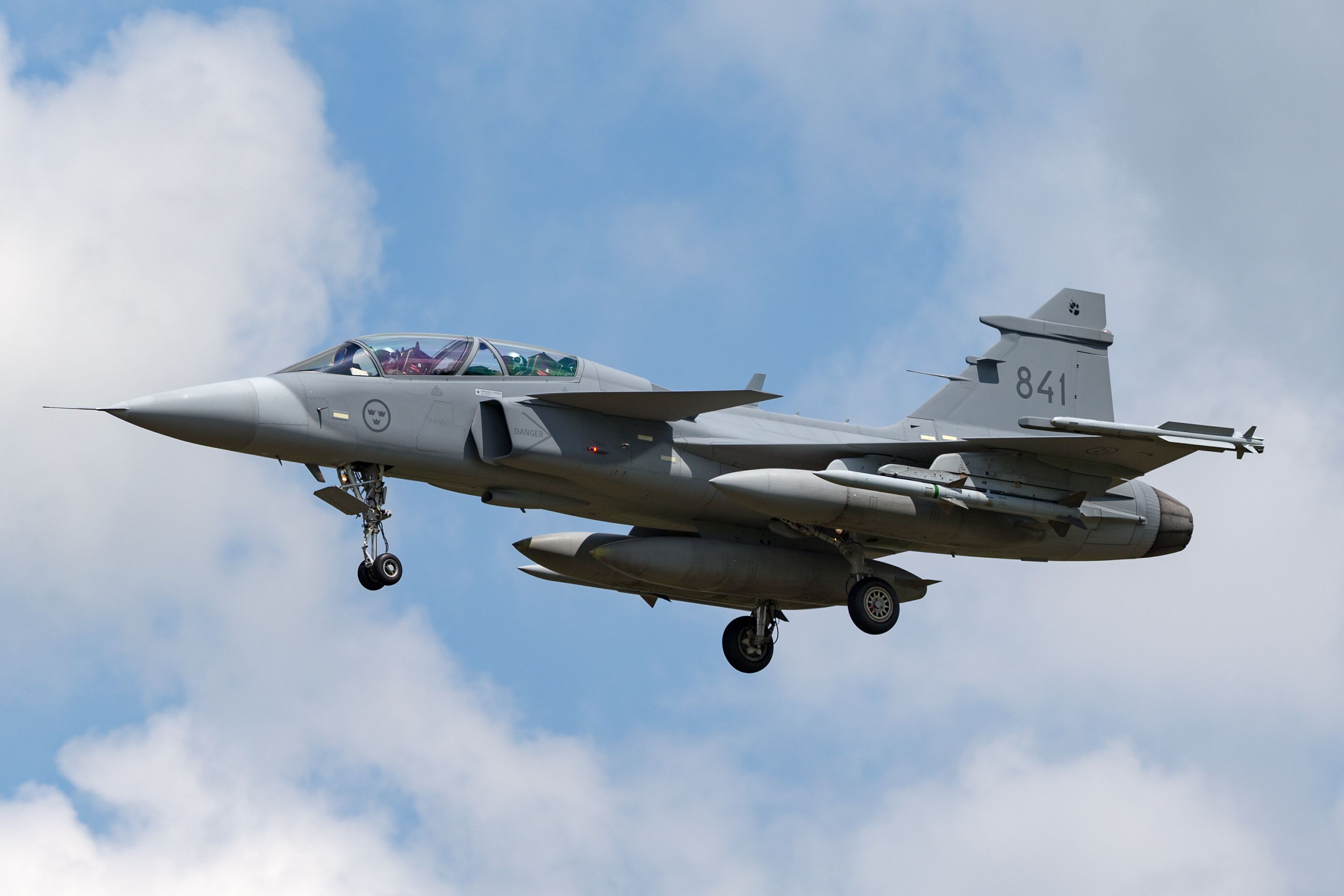
Related
Swedish Fighter: A Look At The Saab JAS 39 Gripen
This European Fighter is one of the most versatile fighter aircraft in the world and can give its competitors a run for their money.
Taking Russia’s historic market share
Currently, the global fighter jet export industry is undergoing a radical shift. Russian jets were once a mainstay of fighter jet production and were the go-to for countries that didn’t want to purchase US jets. However, the Russian fighter jet export industry has all but collapsed in recent years. At the same time, Chinese jets seem to be unpopular on the export market.
Photo: HARRY.S AHN | Shutterstock
For political reasons, many countries may feel uncomfortable purchasing US jets like the F-16 Block 70/72. This has created an opportunity for alternative (non-Russian, non-American) jets, and there has been a dramatic increase in orders for French Rafales. Dassault has announced it is ramping up production of its Rafales, but it is struggling to meet demand and deliver jets in a timely manner. Dassault only managed to produce 13 Rafales in 2023.
The Koreans hope to enter the fray by offering their new KF-21 Boramae jet. The Koreans appear to be able to leverage the country’s massive industrial capacity to ramp up production and manufacture the jets in considerable numbers. In other words, while the US is likely to maintain its overall dominance in global fighter jet exports (especially 5th-gen), the collapse of Russia means it is open season for those with 4.5th-generation jets on the market.
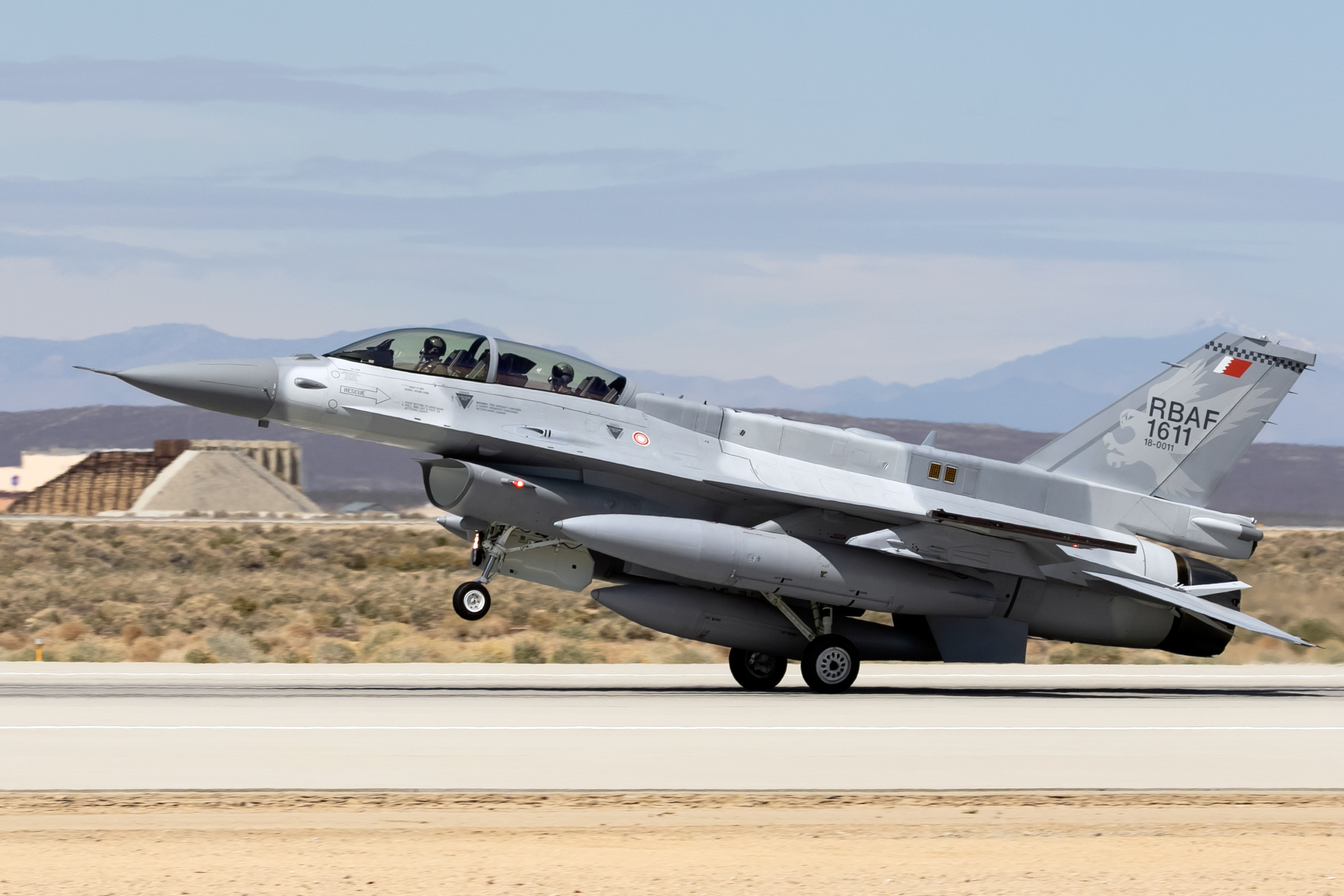
Related
5 Features That Make The Lockheed Martin F-16 Block 70 The Ultimate Viper
The Block 70 model is expected to serve global air forces for at least another four decades.
Progressing at a lightning pace
Janes reported in April 2024 that South Korea had approved the production of the first 40 KF-21 Boramea aircraft (valued at around $5.85 billion). The Koreans state the jets will fill the “power vacuum” created by the South Korean Air Force’s aging and soon-to-retire fighter fleet of F-4s and F-5s.
|
KF-21 timeline |
|
|---|---|
|
2015: |
program start |
|
2020-21: |
first prototypes built |
|
2022: |
first flight |
|
2024: |
contract for first 40 aircraft issued |
|
2026: |
planned introduction |
|
Full development period: |
approx. 10.5 years |
The announcement underscores the rapid progress of the program (the fighter jet is still working through flight and ground tests). The program has been under development since 2015, and the first prototype was assembled in 2020. The first flight followed in 2022.
According to Defense News, the engineering and manufacturing phase will conclude in 2026, and the Korean Air Force plans to deploy the first KF-21 in the second half of 2026. The Koreans hope to have 120 KF-21 jets by 2032 which will form the backbone of their Air Force.

